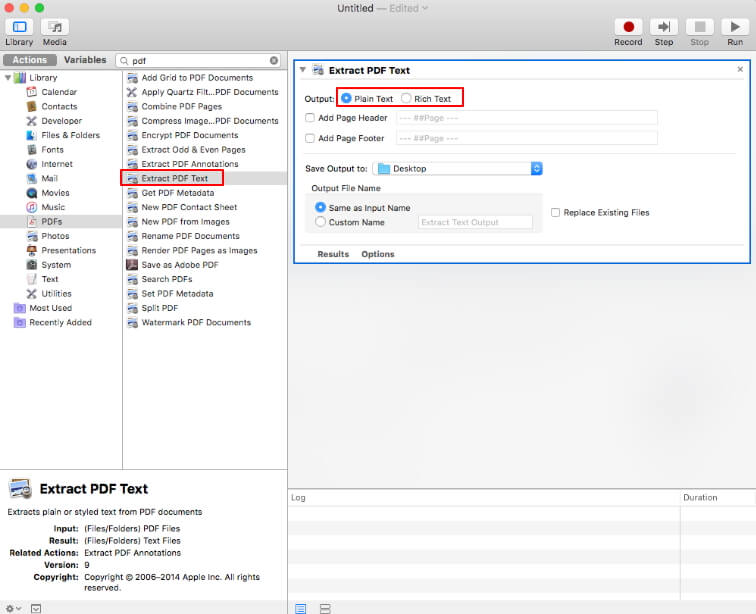

If I wanted to keep it in RTF I would have to just, instead of saving, Export to RTF again. It's considered a new document here so if I hit Command S to Save it's going to want to actually save it out as a new document that's a Pages format. In fact you can take a RTF document and you can open it up in Pages as well. Whereas the RTF format is something now they can take into their word processor and continue to work with.

So you want to be careful with that.īut unlike the other options where you export to say PDF, PDF and other things like ePub, their formats for the person to be able to read the document but not necessarily continue to work with it, not edit it. It just takes the stuff out of the body of the document and saves it out.Īlso fonts, while it's going to use the font, and you can see it matches perfectly, if a machine I was opening this RTF document on didn't have this particular special font it would just go to some sort of default font. So, for instance, if I had put in a text box in the Pages document here it wouldn't translate. So you can see here it retains the font, it retains bolding, it has the image all centered, so it looks pretty good. You can edit in plain text and I can convert this to plain text here in the Format menu, but the rich text format is actually RTF. So now I can double click on it and it's going to open up in TextEdit because RTF is actually the native format for editing documents in TextEdit. I'll save it here at the desktop and it's going to put an extension of RTFD, D for document, and there it is. So let's, for instance, export this out as RTF. Unlike things like plain text it can actually remember fonts, bolding, it can even have embedded images in there. A word processing format that's been around since the eighties. Video Transcript: There's a new ability in Pages 6.1 to export documents in RTF format. Check out Exporting To RTF From Pages at YouTube for closed captioning and more options.


 0 kommentar(er)
0 kommentar(er)
